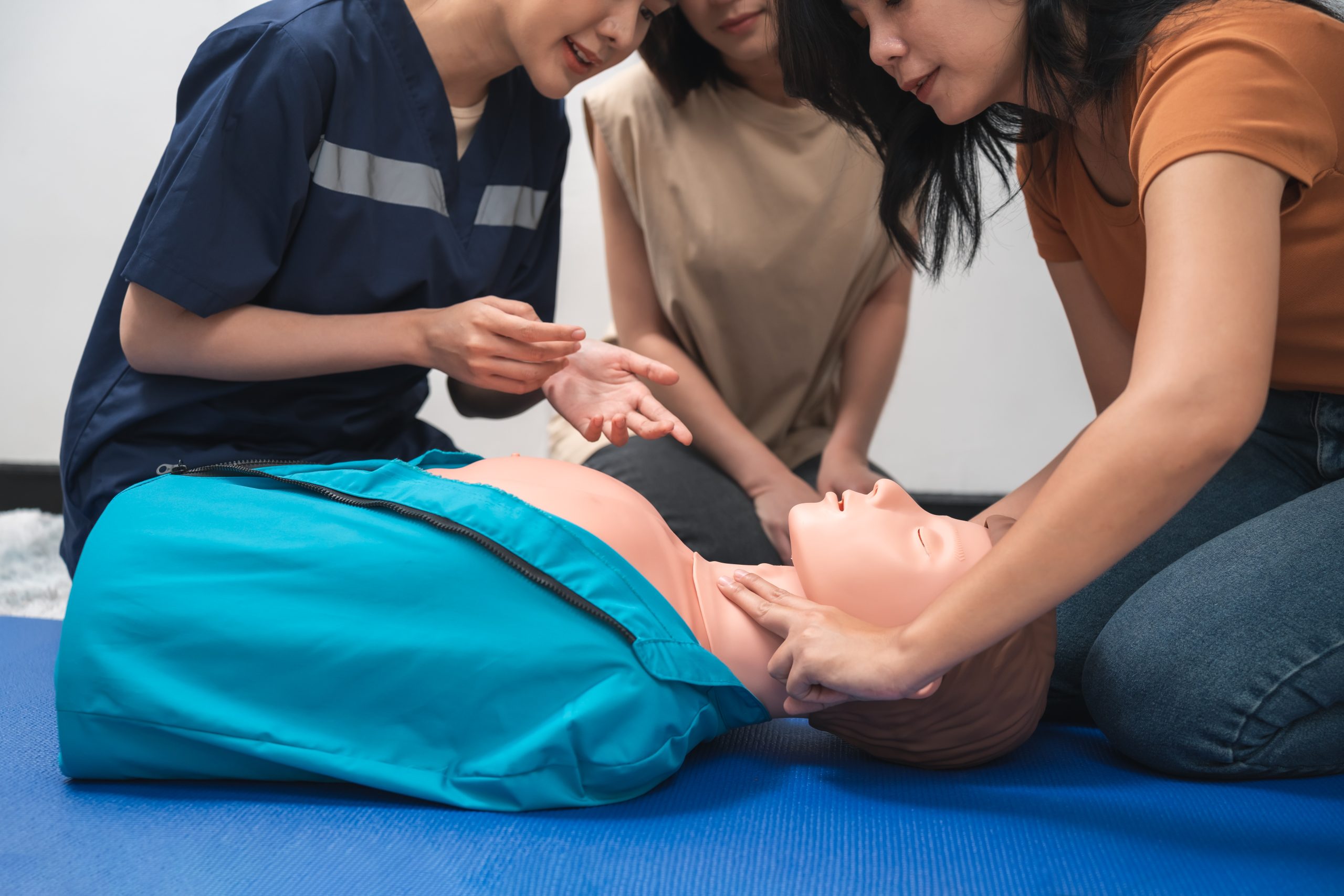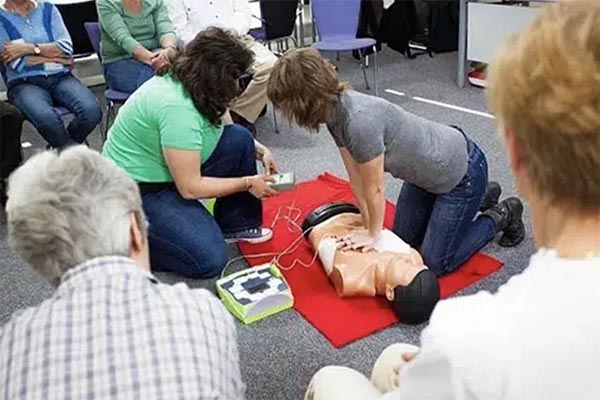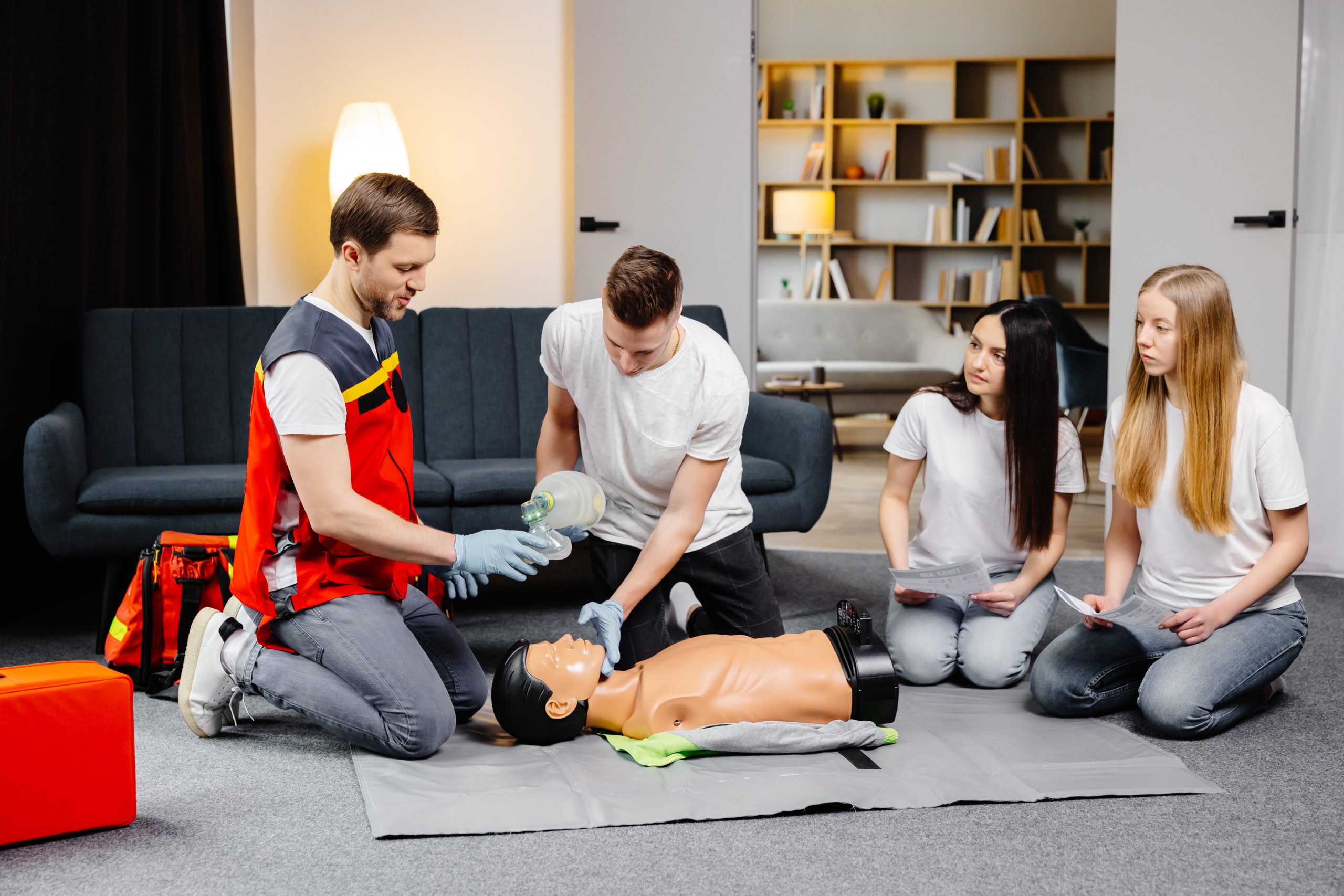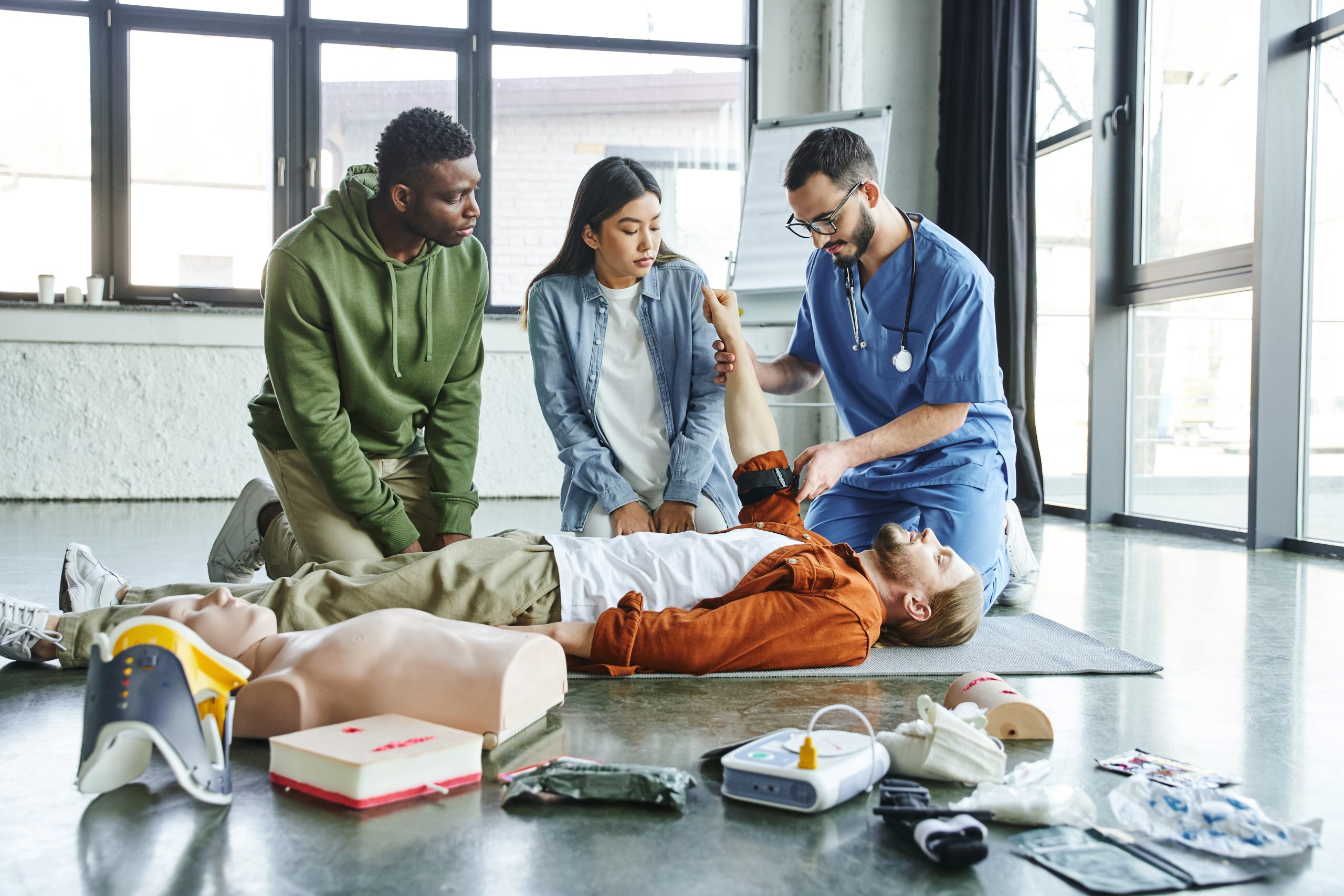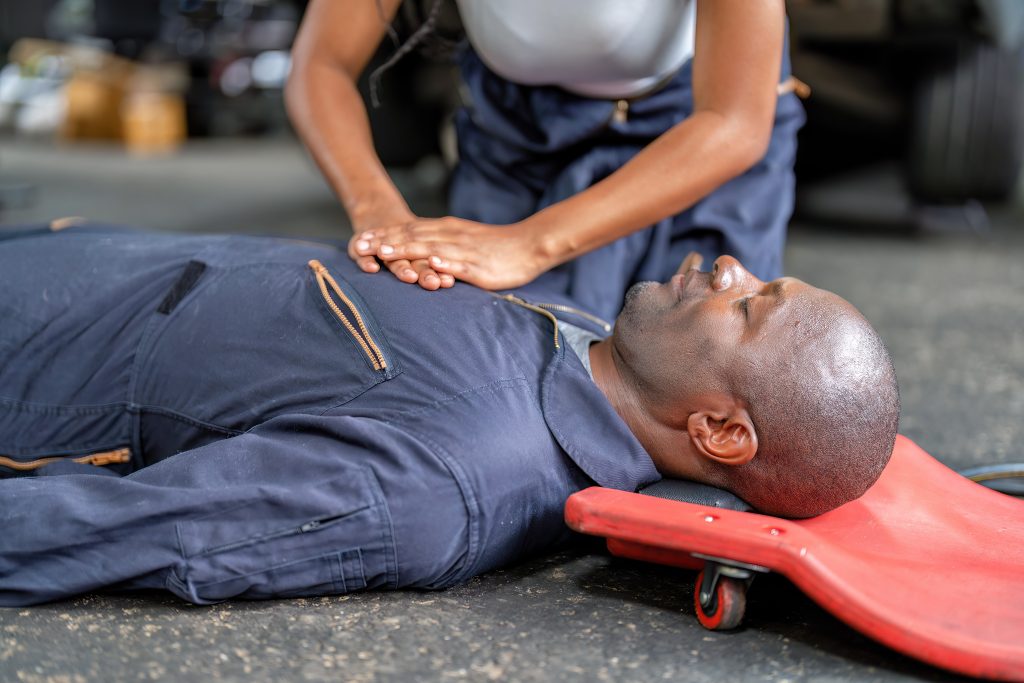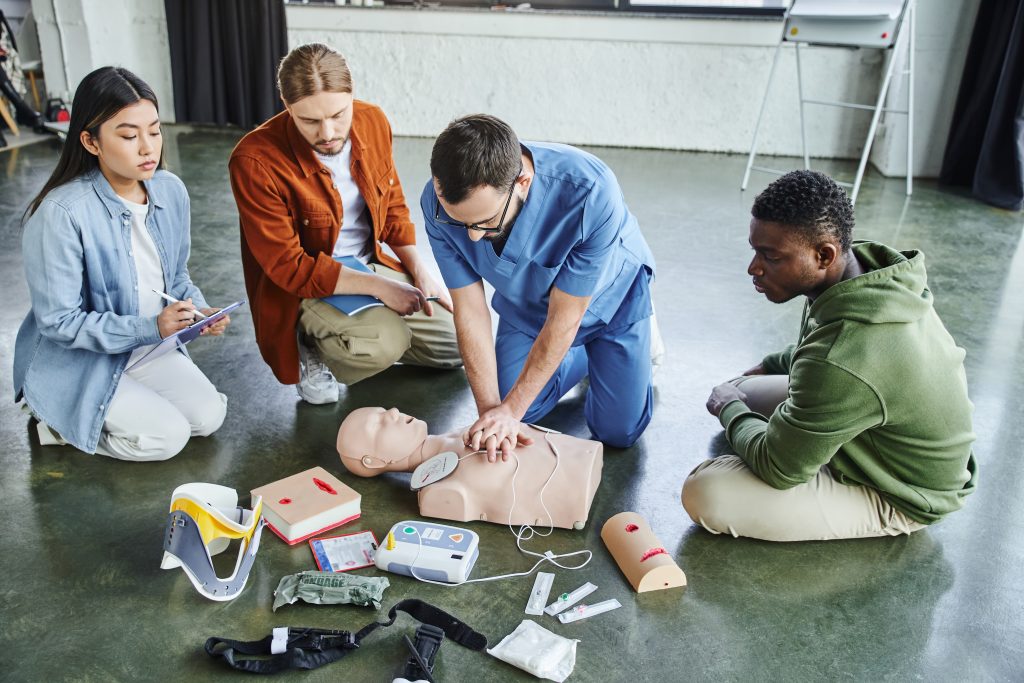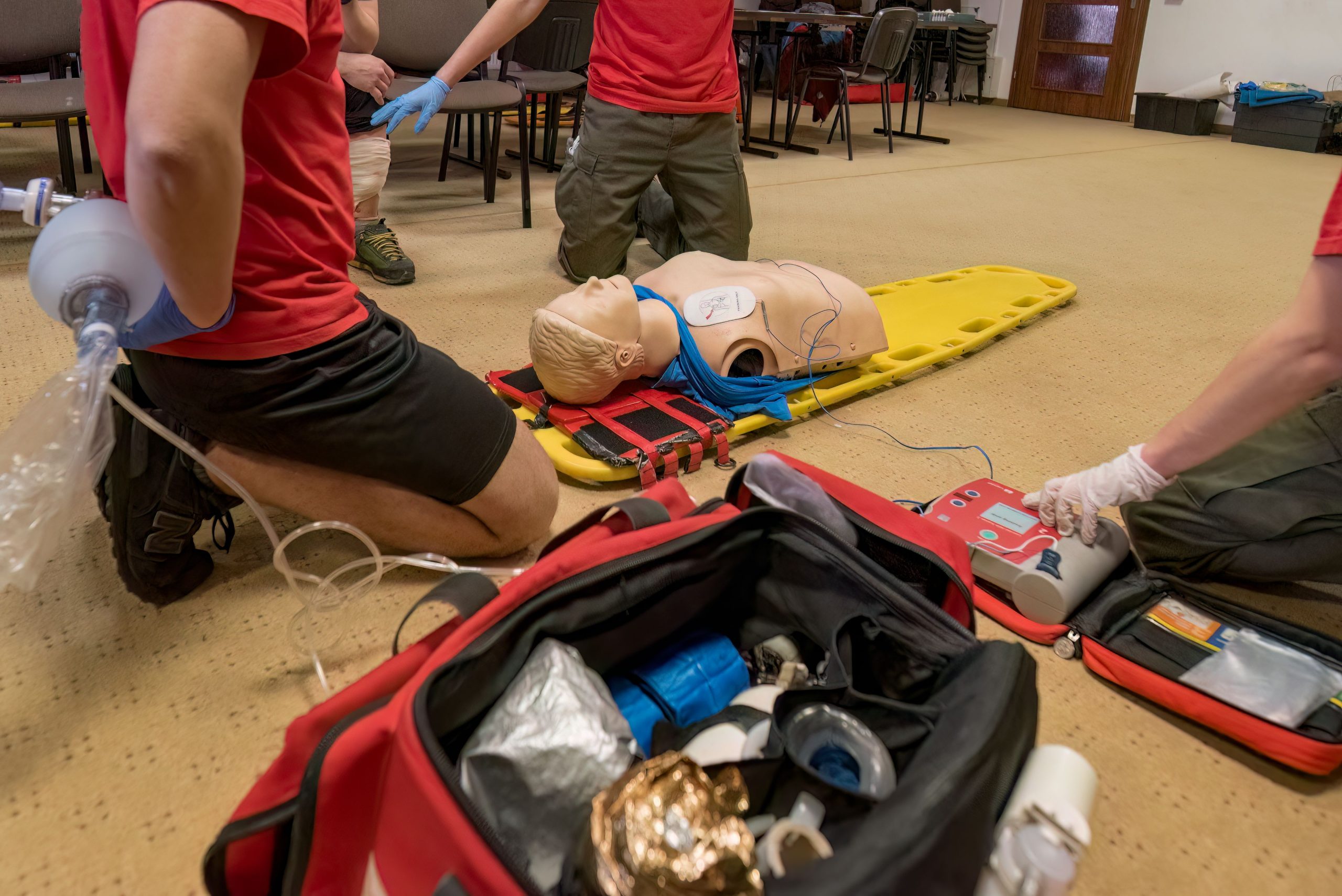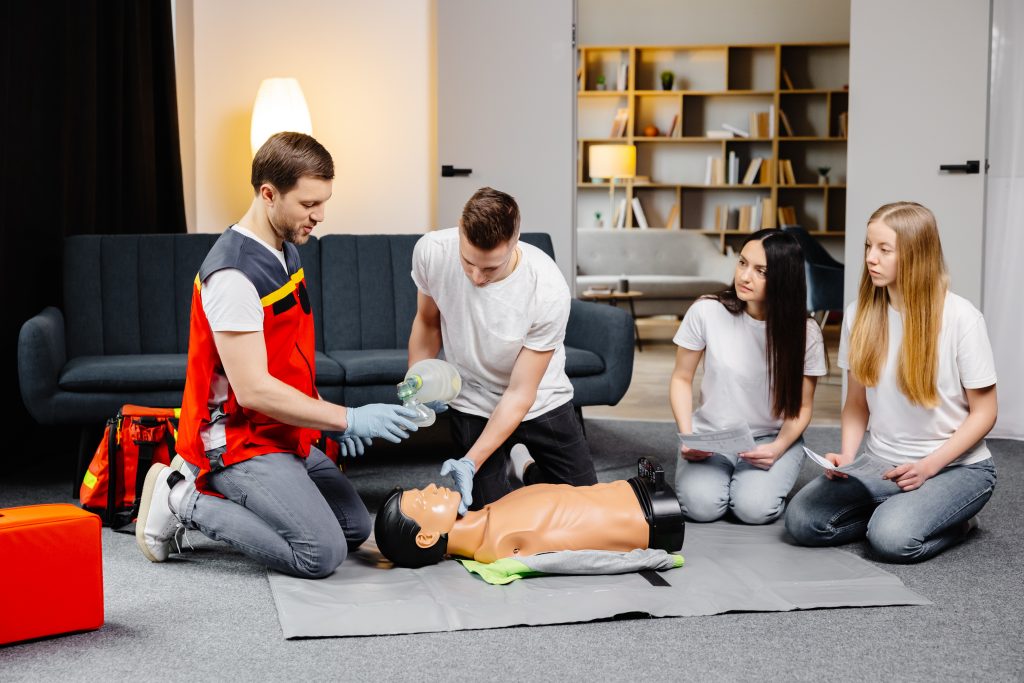Empower Your San Diego Healthcare Team: The Power of Group CPR Training & Certification
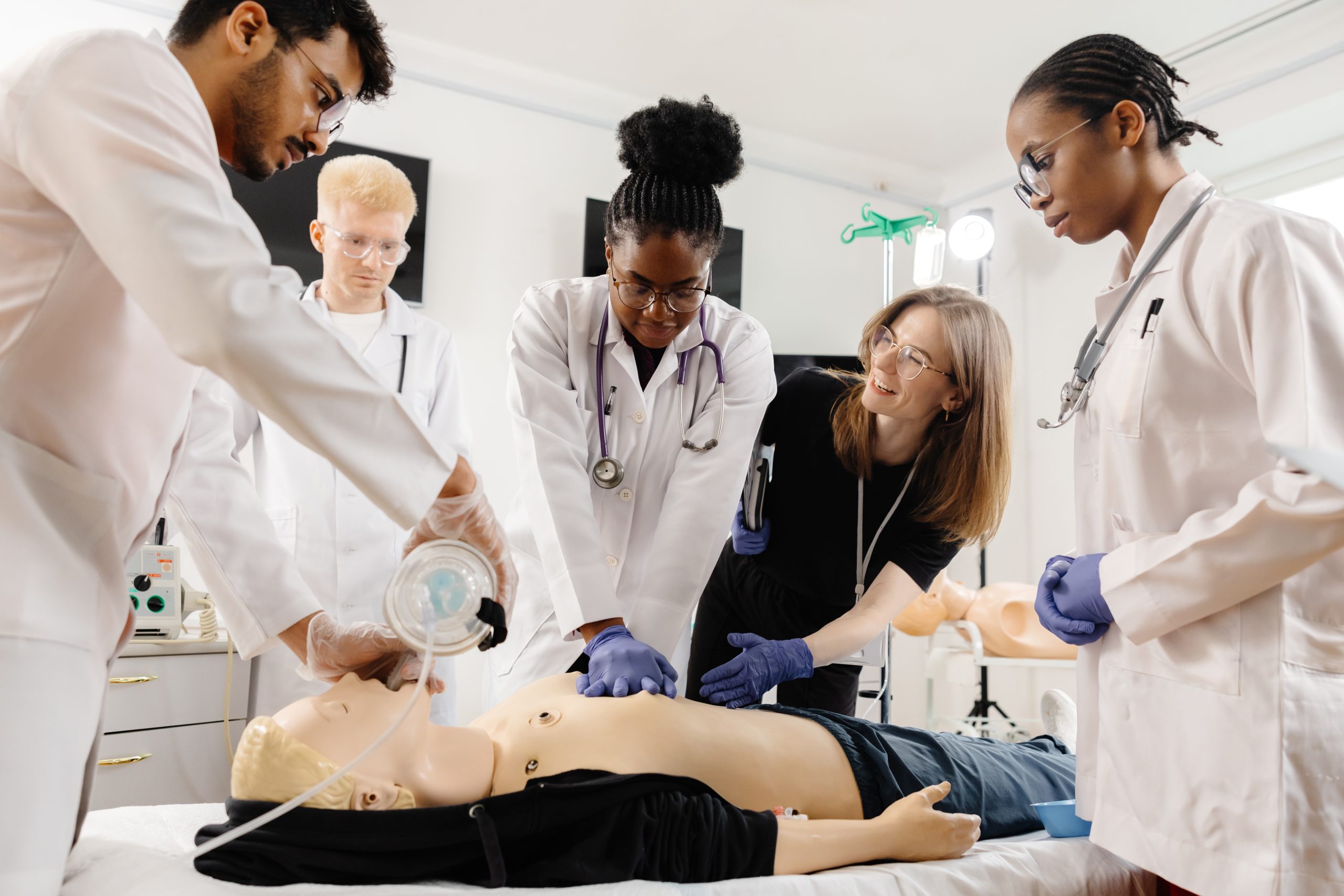
In the dynamic world of healthcare, every second counts. From bustling hospital emergency rooms to quiet nursing home corridors, the ability to respond swiftly and effectively in a cardiac arrest situation is not just a skill – it’s a profound responsibility. For healthcare professionals in San Diego, staying current with Cardiopulmonary Resuscitation (CPR) and Basic Life Support (BLS) certification isn’t merely a regulatory requirement; it’s a testament to their unwavering commitment to patient safety and positive outcomes.
While individual certification is vital, there’s an undeniable power in unifying your entire team through dedicated group CPR training and certification. This approach not only streamlines the process for busy healthcare facilities in San Diego but also fosters a cohesive, confident, and highly prepared workforce. Imagine a scenario where every member of your team, from nurses and doctors to allied health professionals and administrative staff, shares a consistent, up-to-date understanding of life-saving techniques. That’s the unparalleled advantage of group training.
At CPR Classes Near Me, we understand the unique demands placed on San Diego’s healthcare community. We specialize in delivering comprehensive, tailored, and exceptionally convenient group CPR training and certification programs designed specifically for your professional needs. Let’s delve into why this approach is not just beneficial, but absolutely essential for your healthcare organization.
Why Group CPR Training is a Game-Changer for San Diego Healthcare
The benefits of opting for group CPR training for your healthcare team extend far beyond simply checking a box for compliance. This strategic investment in your staff offers a multitude of advantages:
1. Unified Knowledge and Consistent Response Protocols
When your entire team trains together, they learn the same techniques, follow the same protocols, and internalize a consistent approach to emergency response. This eliminates discrepancies that can arise from individual training sessions taken at different times or with varying instructors. In a high-stakes emergency, this unified knowledge translates into seamless teamwork, coordinated actions, and ultimately, a more effective response. Imagine the clarity and efficiency when every person knows precisely their role and the steps to take, all based on the latest American Heart Association (AHA) and Emergency Cardiovascular Care (ECC) guidelines. This consistency builds a collective confidence that is invaluable.
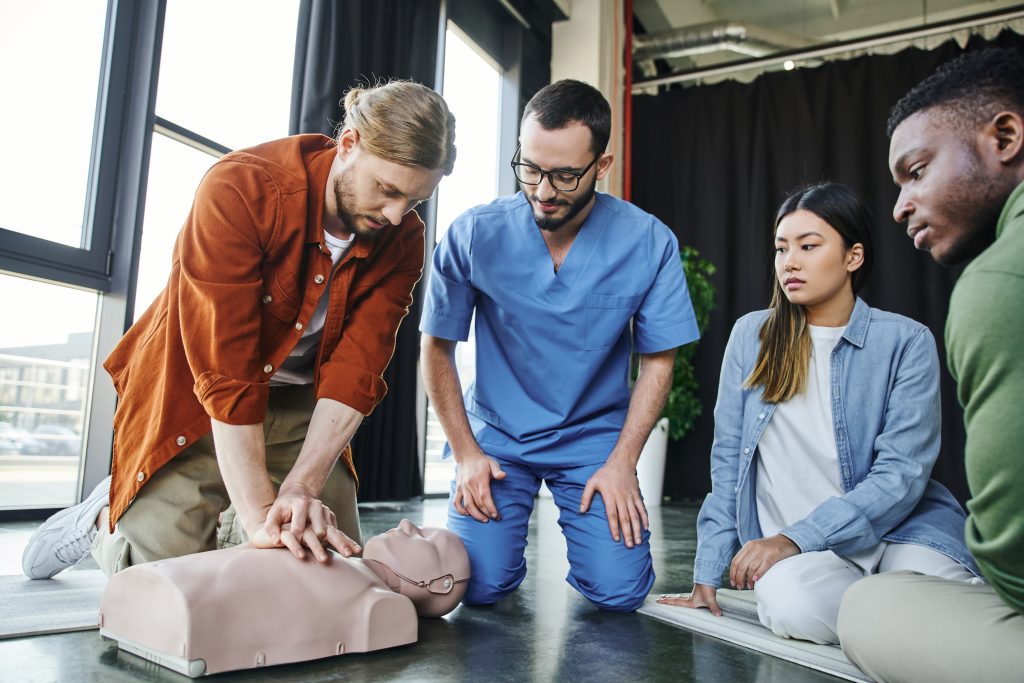
2. Enhanced Team Cohesion and Communication
CPR is inherently a team effort. Effective resuscitation often requires multiple individuals working together, delegating tasks, and communicating clearly under pressure. Group training provides a unique opportunity for your team to practice these critical communication and coordination skills in a simulated, yet realistic, environment. They learn to anticipate each other’s actions, provide clear instructions, and support one another, strengthening the bonds of teamwork long before a real emergency strikes. This practical application of communication within a life-saving context is something individual online courses simply cannot replicate.
3. Unparalleled Convenience and Efficiency
Scheduling individual CPR certification for a large healthcare team can be a logistical nightmare. Tracking multiple expiration dates, coordinating time off, and managing individual registrations consumes valuable administrative resources. Group training eliminates these headaches. We bring our expert instructors and state-of-the-art equipment directly to your San Diego facility, or arrange a convenient off-site location, at a time that works best for your schedule. This flexibility minimizes disruption to your operations, allowing your staff to train together without significant downtime or travel. We work with you to find a schedule that seamlessly integrates into your operational flow, ensuring maximum participation and minimal disruption.
4. Cost-Effectiveness for Your Organization
While the primary focus is on patient safety, the financial implications of training are also a consideration. Group CPR training is often more cost-effective than sending individual employees to separate courses. By training a large number of staff simultaneously, you can benefit from group rates and reduce overheads associated with travel time, mileage, and individual course fees. This makes it a smart financial decision for healthcare institutions looking to maximize their training budget without compromising on quality.
5. Tailored Content for Healthcare Professionals
Healthcare environments present unique challenges and require specific skill sets. Our group CPR training for healthcare workers in San Diego goes beyond basic first aid. We focus on the advanced techniques and critical decision-making processes relevant to your daily practice. This includes topics such as:
- High-Quality Chest Compressions: Emphasizing correct depth, rate, and recoil.
- Bag-Mask Ventilation: Proper technique and equipment use.
- Automated External Defibrillator (AED) Usage: Advanced scenarios and troubleshooting.
- Team Dynamics: Effective leadership, communication, and roles in resuscitation.
- Specific Scenarios: Addressing challenges unique to clinical settings, such as intubated patients or those with specific medical conditions.
- BLS for Healthcare Providers: Covering all essential aspects required for professional certification.
Our curriculum is meticulously designed to meet and exceed the stringent requirements for healthcare providers, ensuring your team is not just certified, but truly proficient.
6. Maintaining Compliance and Accreditation Standards
Healthcare organizations in San Diego operate under strict regulatory guidelines and accreditation standards. Regular, verifiable CPR and BLS certification for all relevant staff is a non-negotiable requirement. Group training ensures that your entire team meets these standards concurrently, simplifying compliance audits and demonstrating your commitment to maintaining the highest level of care. We provide official certification that is widely recognized and accepted, giving you peace of mind.
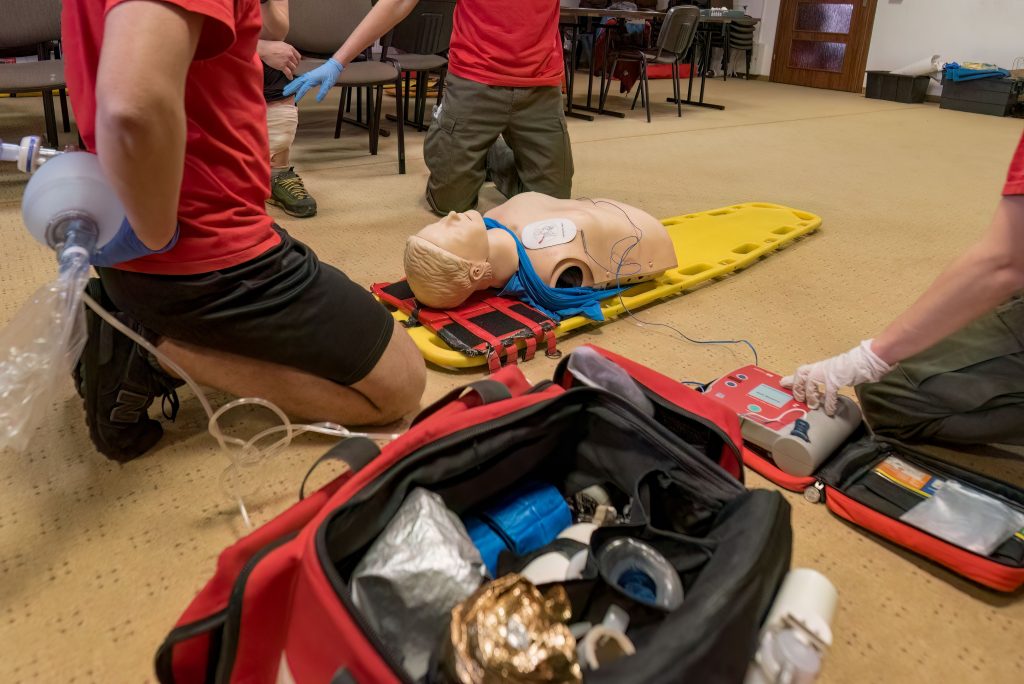
What to Expect from Group CPR Training with CPR Classes Near Me
When you choose CPR Classes Near Me for your San Diego healthcare team’s group CPR training, you’re choosing a partner dedicated to excellence, convenience, and practical application. Here’s what sets our programs apart:
- Expert, Certified Instructors: Our instructors are seasoned professionals with extensive experience in both emergency medicine and adult education. They don’t just teach the material; they bring real-world scenarios and insights into the classroom, making the learning engaging and highly relevant to healthcare settings.
- Hands-On, Practical Sessions: We believe that true proficiency comes from doing. Our courses emphasize extensive hands-on practice with manikins and state-of-the-art training equipment, allowing your team to confidently master each technique. This practical application is crucial for skill retention and performance under pressure.
- Flexible Scheduling Options: We work around your schedule, not the other way around. Whether you need training during off-peak hours, over multiple short sessions, or on specific days of the week, we are committed to finding a solution that minimizes disruption to your essential operations.
- Comprehensive Curriculum: Our courses adhere to the latest evidence-based guidelines from leading resuscitation councils, ensuring your team receives the most up-to-date and effective training available. This includes BLS for Healthcare Providers, as well as options for ACLS (Advanced Cardiovascular Life Support) and PALS (Pediatric Advanced Life Support) if needed.
- Professional and Supportive Learning Environment: We foster an environment where your team feels comfortable asking questions, practicing techniques, and building confidence. Our instructors are patient, encouraging, and committed to ensuring every participant achieves proficiency.
- On-Site or Convenient Off-Site Training: Whether it’s in your hospital conference room, a clinic breakroom, or a dedicated training facility, we provide flexible options to suit your spatial and logistical needs. We bring all necessary equipment, ensuring a seamless training experience.
- Official Certification Upon Completion: Each participant who successfully completes the course will receive their official CPR and/or BLS certification, valid for the prescribed period. We handle all the paperwork, making the process straightforward and efficient for your organization.
- Renewal Reminders and Options: We understand the importance of maintaining current certification. We can help you track renewal dates and offer convenient options for re-certification courses, ensuring your team remains continuously compliant.
Invest in Your Team, Invest in Patient Lives
For healthcare workers in San Diego, the stakes are always high. The ability to perform high-quality CPR is a fundamental skill that can mean the difference between life and death. By investing in comprehensive group CPR training and certification, you are not just meeting a requirement; you are empowering your team with the confidence, knowledge, and unified skill set needed to save lives. You are fostering a culture of preparedness, excellence, and unwavering commitment to patient well-being.
Don’t let outdated certifications or inconsistent training undermine your team’s potential. Choose the convenient, comprehensive, and cohesive solution that only group training can provide.
Ready to Elevate Your Team’s Life-Saving Skills?
If you’re a healthcare facility, clinic, or medical practice in San Diego, CA, looking to streamline your CPR and BLS training, enhance team readiness, and ensure the highest standards of patient care, CPR Classes Near Me is here to help. Our dedicated team is ready to discuss your specific needs and tailor a group training solution that fits perfectly with your schedule and objectives.Contact CPR Classes Near Me today to schedule your customized group CPR training and certification session for your healthcare team in San Diego. Let’s work together to empower your professionals and safeguard lives.

